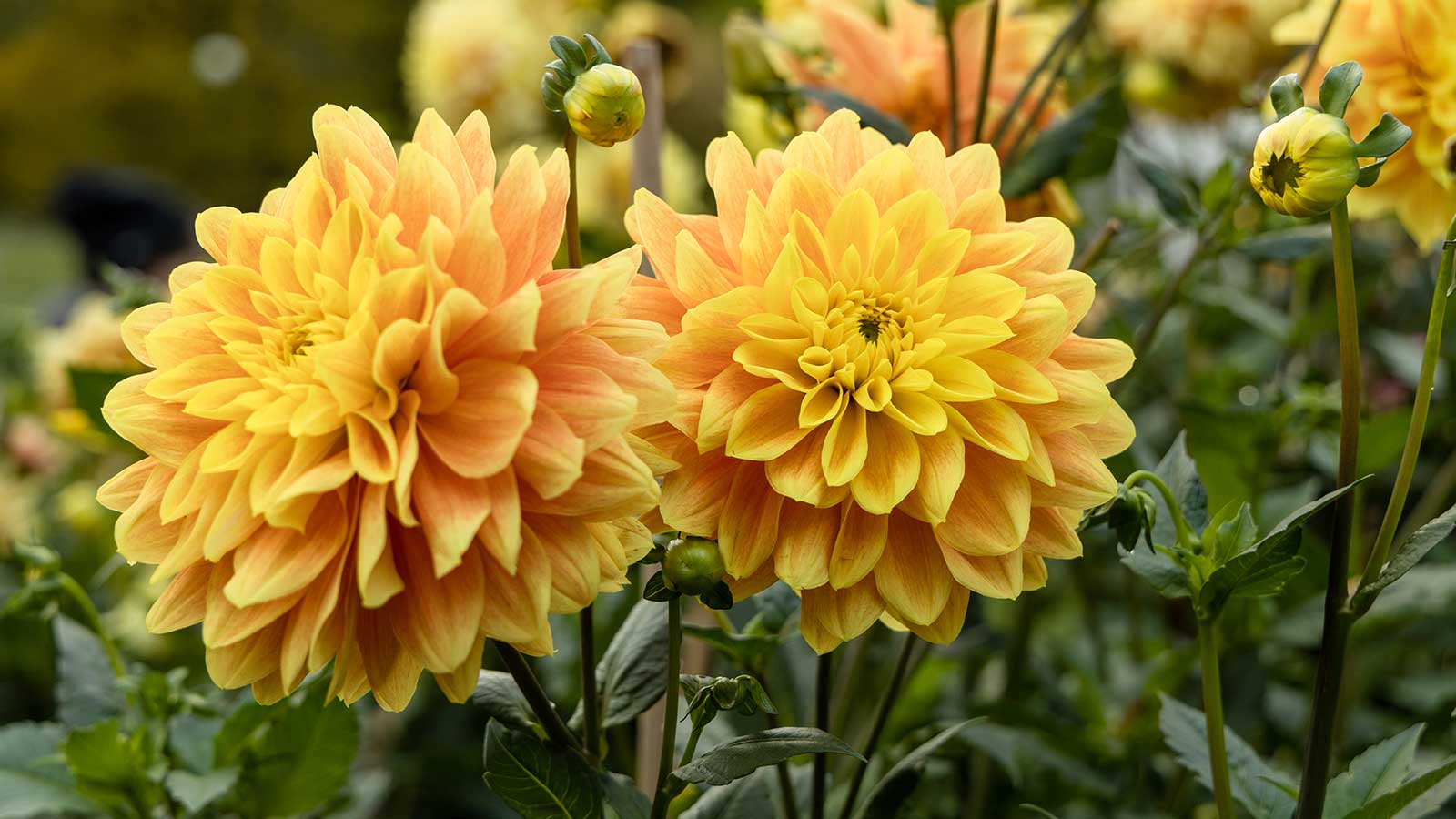
It might be tempting to fill every corner of your yard with dahlias. They bring vibrant color to the late-summer garden and are a favorite bloom of many. However, it's important to pick the right spot for these beauties, to help them truly flourish.
Many plants have their preferences in terms of their surroundings. So, before buying something new, it's always worth checking what they like and whether you have somewhere suitable. Things to consider include the type of soil you have available, how sunny the area gets, and any nearby plants already in situ. Overlooking this step can be an easy mistake to make, but it often results in struggling plants – and a sense of disappointment.
To help you get the best results when growing dahlias, I asked gardening experts for their advice on where to avoid planting them. Below, you'll find plenty of useful info to take on board, including tips for container growing.
1. Deep shade
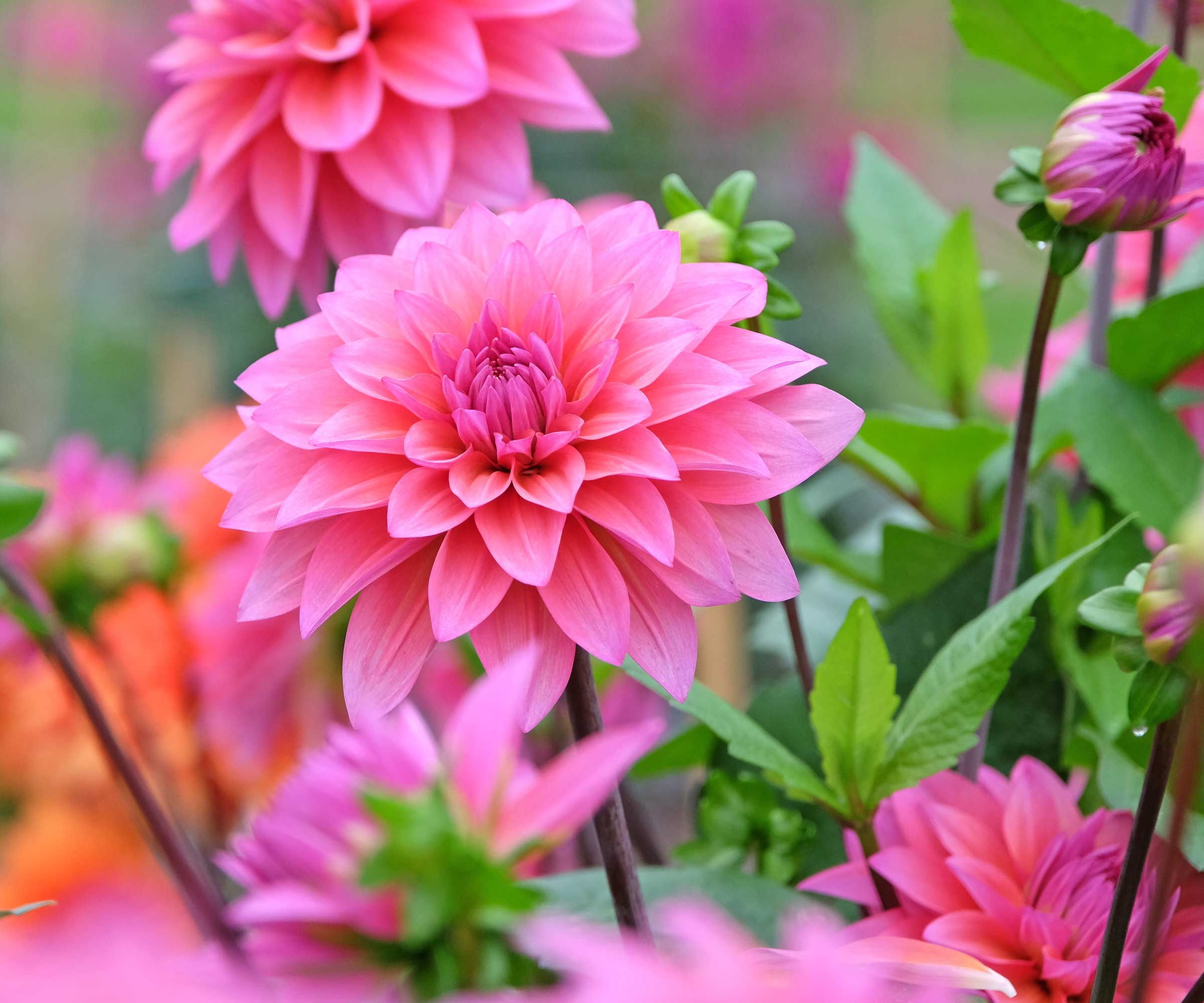
Dahlias require at least six to eight hours of full sun a day. So, if you want yours to thrive, avoid planting them in the shade. Peggy Anne Montgomery, a horticulturist at Garden Media Group, says, 'In deep shade, they become leggy, produce few flowers, and may not survive at all.'
What's more, she warns that without sufficient light, their growth is weak and vulnerable to disease. 'Choose a sunny spot to get the best results.'
If you need to brighten a gloomier spot in your garden, there are plenty of plants that are much more suitable for shade.
2. Heavy, wet soil

'Dahlias do best where the sun is strong, the soil drains well, and there’s room for roots to breathe,' says Debra Kaye, the owner of Bear Creek Farm.
Her advice is to avoid low, wet, or swampy ground, which can rot their tubers. Dense clay soil is also a no-go – it holds water too tightly, suffocates roots, and makes it hard for tubers to grow, she explains.
'It needs to be amended, or dahlias won’t thrive. Mix in peat moss, leaf mold, or a little grit – like coarse sand or fine gravel – to loosen it up and help it drain. The goal is crumbly, breathable soil where roots can stretch and water flows through, not puddles.'
While adding compost can be beneficial in improving soil and providing nutrients, be careful not to overdo it. According to Heather Schloe, owner of Swan Island Dahlias, dahlias should not be planted in overly rich soil – it can burn the new tender shoots and roots, and, in turn, rot the tubers.
3. Cold soil
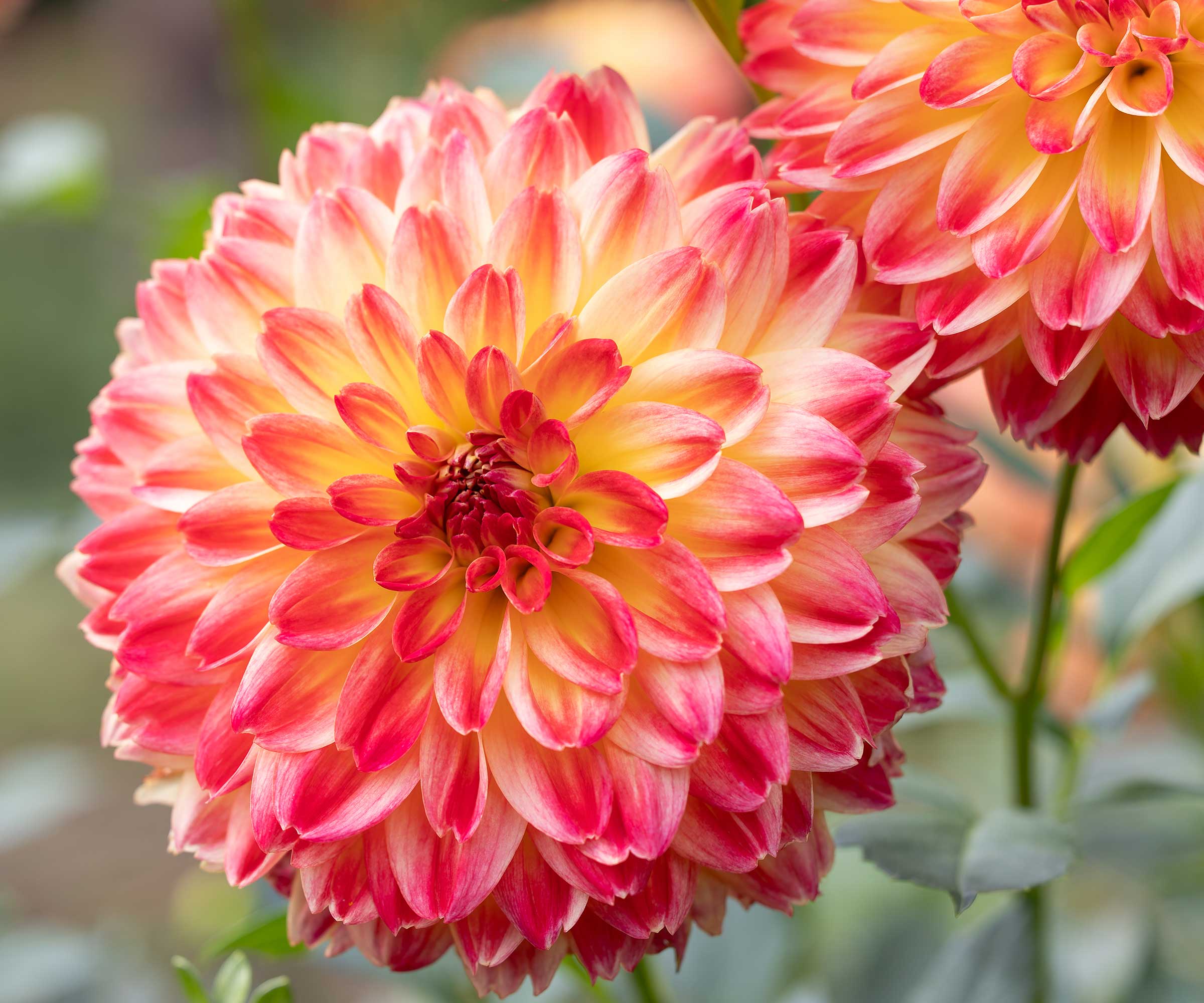
'Planting dahlias in cold soil can cause the tubers to rot before they sprout,' says Peggy Anne. 'They need warm soil – typically above 60°F – for healthy growth.' She also adds how cold conditions slow their development and make them more prone to disease.
With this in mind, it's crucial to know when to plant dahlias. You can start dahlias in pots under cover to get ahead on the growing season, but don't be tempted to move them into your yard too early in spring. 'Wait until the danger of frost has passed and the soil has warmed,' says Peggy Anne. 'A general rule of thumb is to plant dahlias outdoors at the same time it’s safe to plant tomatoes outside.'
Note that dahlias need winterizing, too, once the growing season is over. For warmer regions, a thick blanket of mulch can suffice, but many gardeners choose to play it safe by lifting and storing them for the colder months.
4. Small pots with inadequate drainage
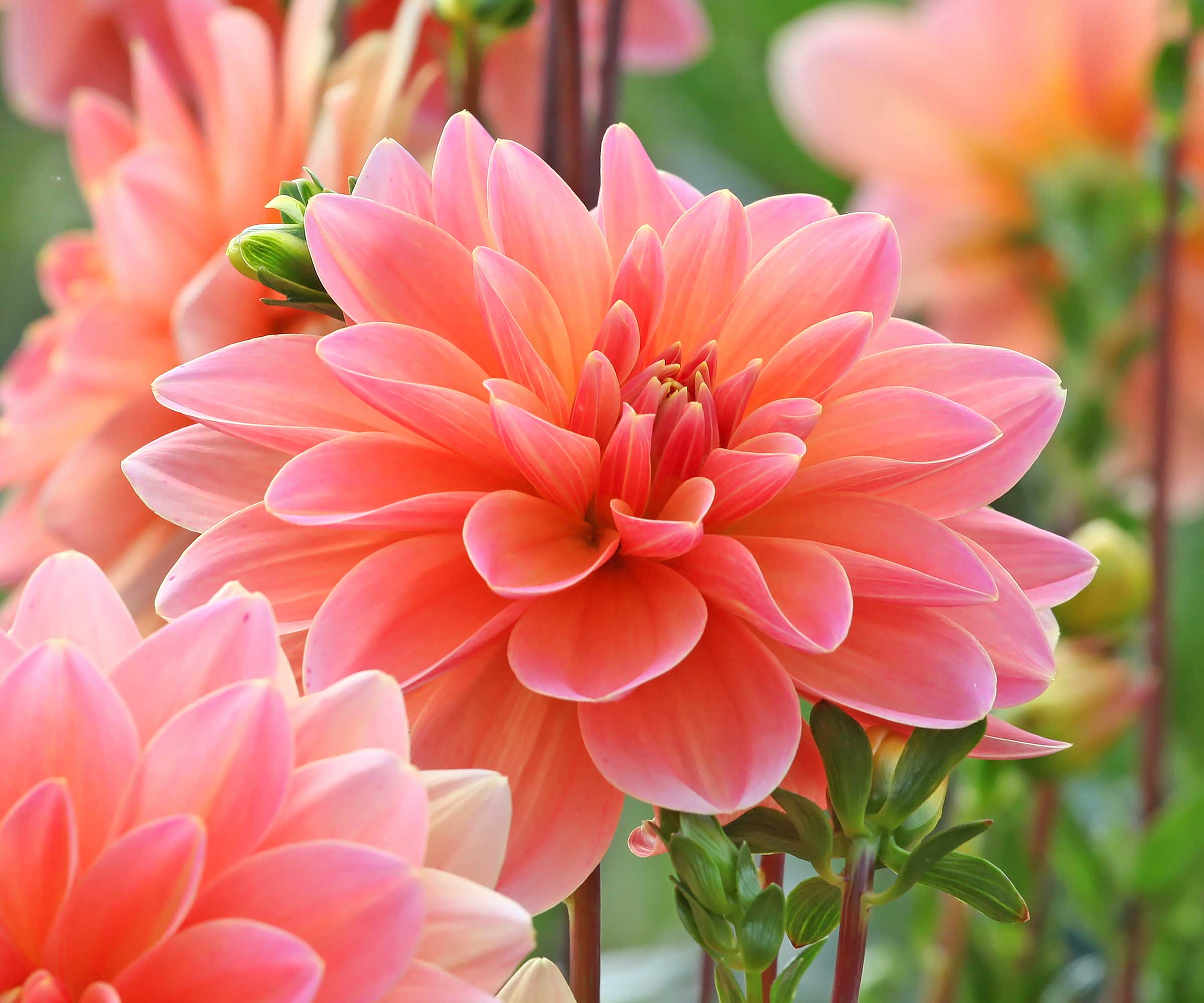
'While dahlias can be grown in containers, choosing pots that are too small or lack proper drainage is a common mistake,' says Deborah Stone, co-owner of Stone Hollow Farmstead. 'Choose containers at least 12–14 inches deep, with ample drainage holes.'
Small pots restrict their growth and can lead to poor flowering, notes Peggy Anne. She also warns how they can tip over easily once the plant becomes tall and top-heavy. 'That’s why it is best to plant shorter varieties of dahlias in containers,' she adds. Some examples of compact types include 'Firepot' and 'Pulp Fiction', both from Nature Hills.
5. Close to aggressive root systems
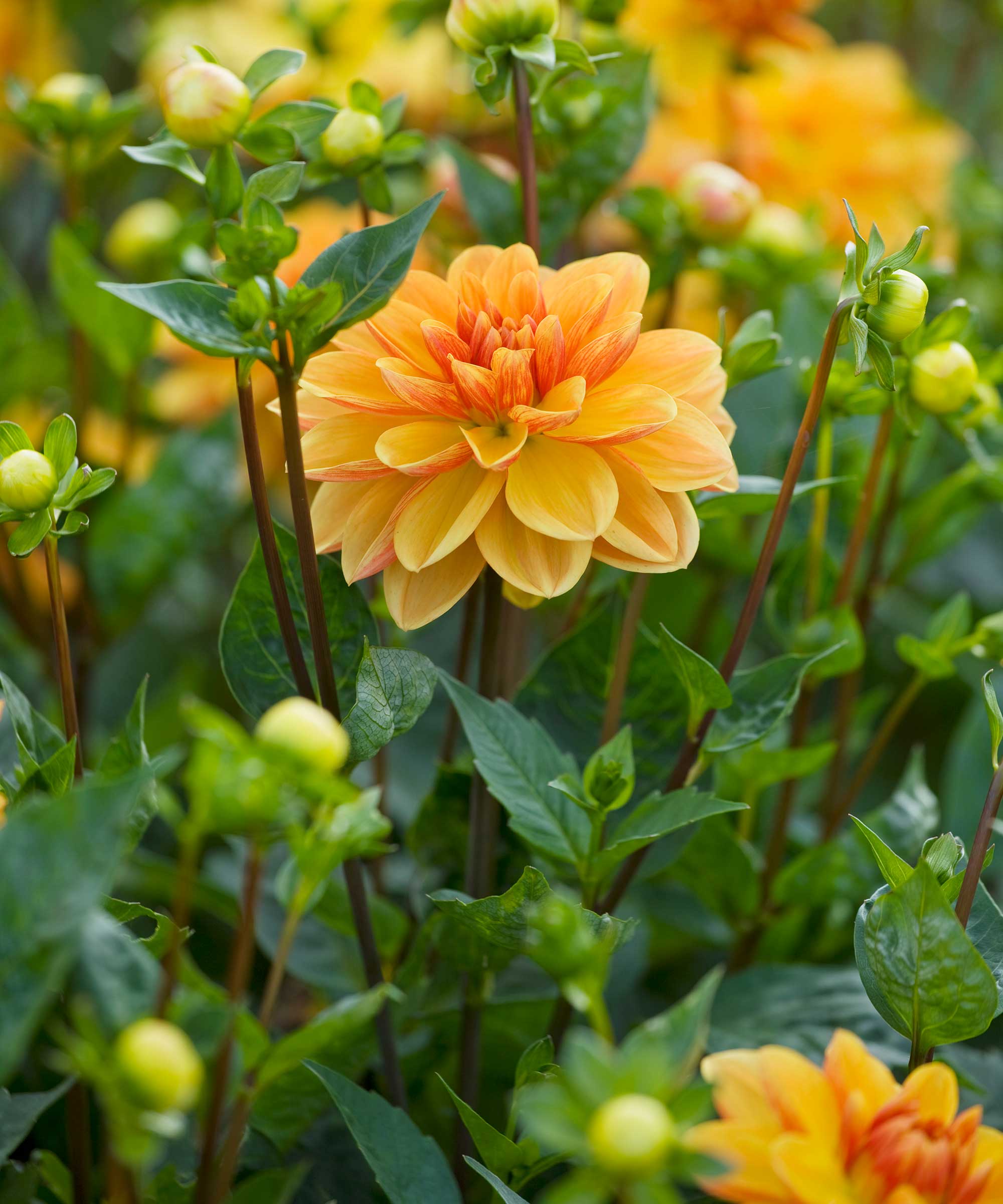
Deborah warns against planting dahlias near plants that compete for water and nutrients, such as hydrangeas, large shrubs, or established tree roots. 'Dahlias have shallow root systems that can be easily overpowered, limiting growth and bloom production,' she explains.
What's more, trees will create shade on your dahlias, notes Heather. Luckily, there are plenty of other plants you can grow beneath them, which can create a magical, woodland feel.
FAQs
How much space do dahlias need?
Proper spacing is always important to consider when planting dahlia tubers. Heather says that dahlias should not be planted too close to other plants, as they need at least 18 inches in diameter to grow properly.
It can also be useful to check the mature height and spread on the labels of your chosen dahlia varieties, which can help you decide where's best for them in the border.
Can you grow dahlias indoors?
While there are many fabulous indoor flowering plants, dahlias don't make the cut. 'Dahlias are not ideal for long-term indoor growing,' says Deborah. 'These plants need full sun and consistent airflow, both of which are difficult to replicate indoors.'
While it’s possible to start tubers indoors in early spring, dahlias should ultimately be transplanted outdoors once the danger of frost has passed, she adds. 'Without ample light and space, indoor dahlias will struggle to thrive and bloom.'
Knowing where to avoid planting dahlias is one of the first steps in achieving a beautiful display, but there are other things to bear in mind once they get growing.
You'll want to keep an eye out for dahlia pests and diseases, and knowing how to pinch them out is useful, too. As they're some of summer's most stunning plants, and possibly the best for cut flowers, a bit of extra effort taking care of them is well worth it.







